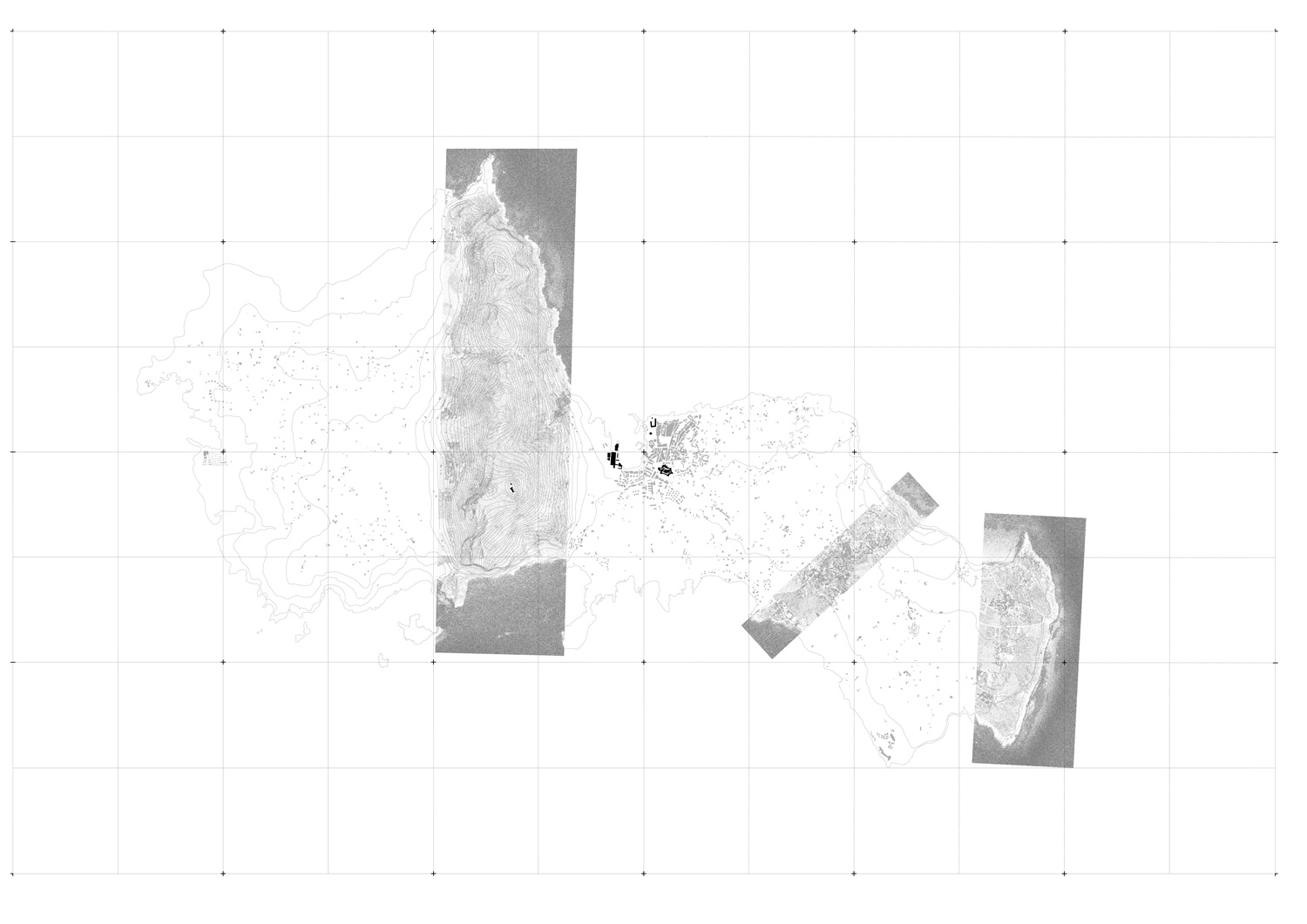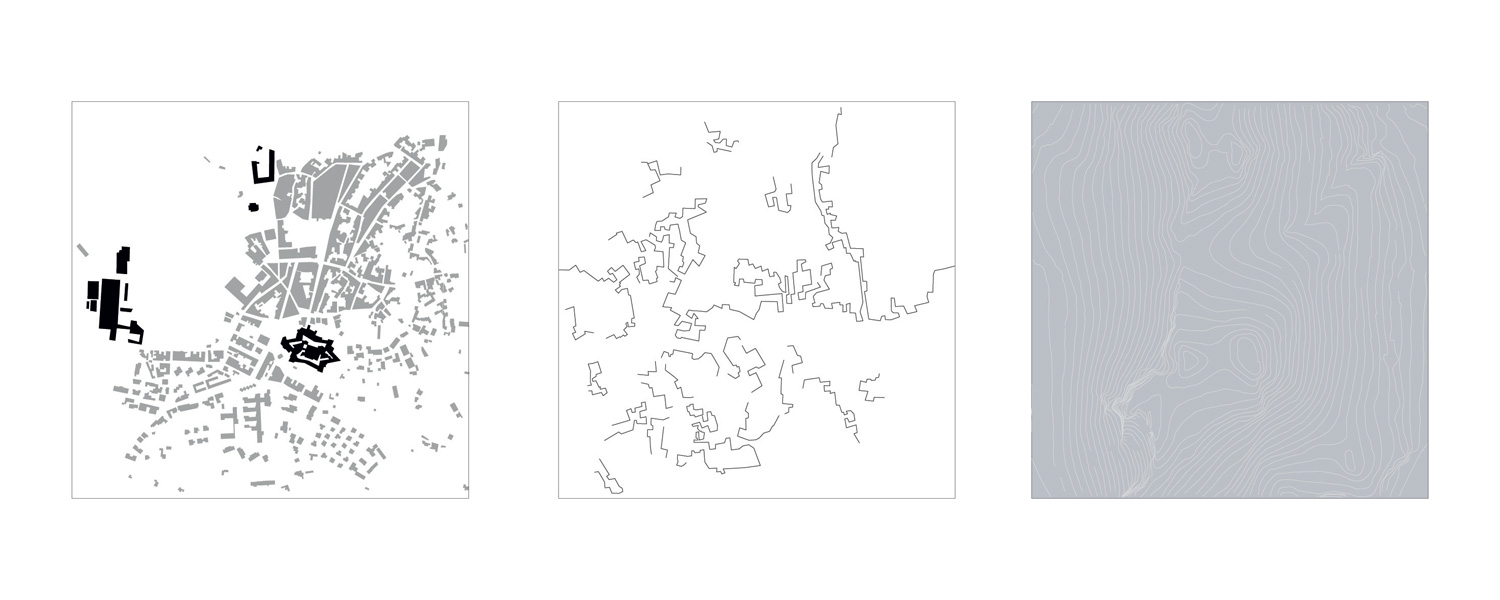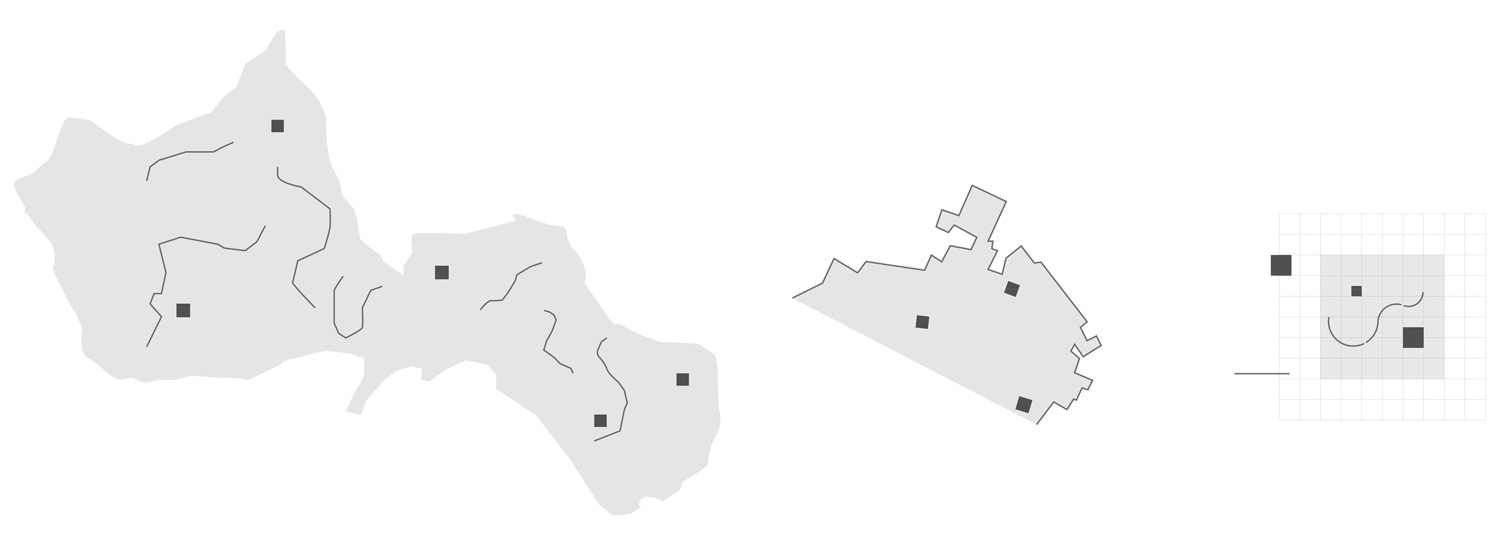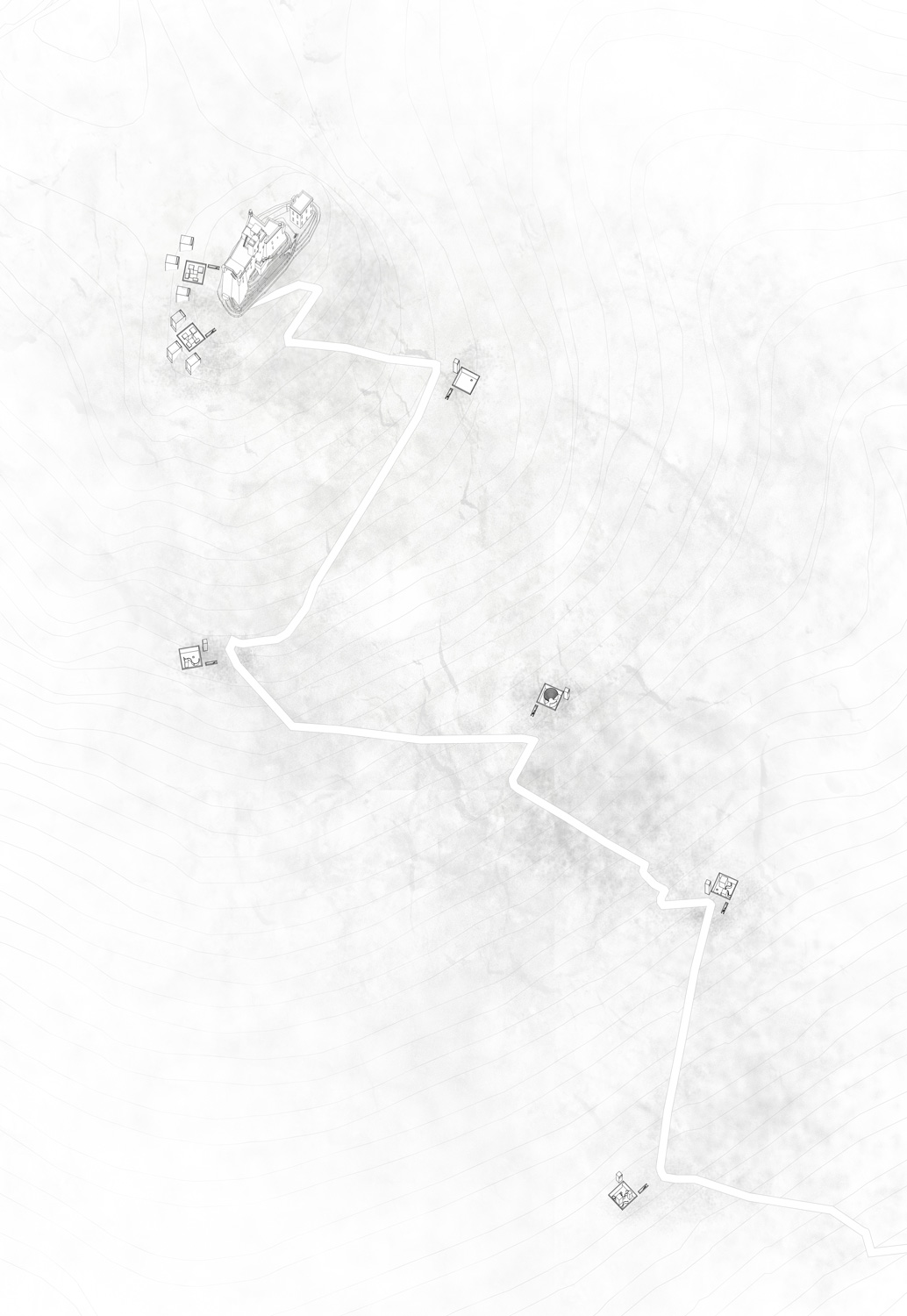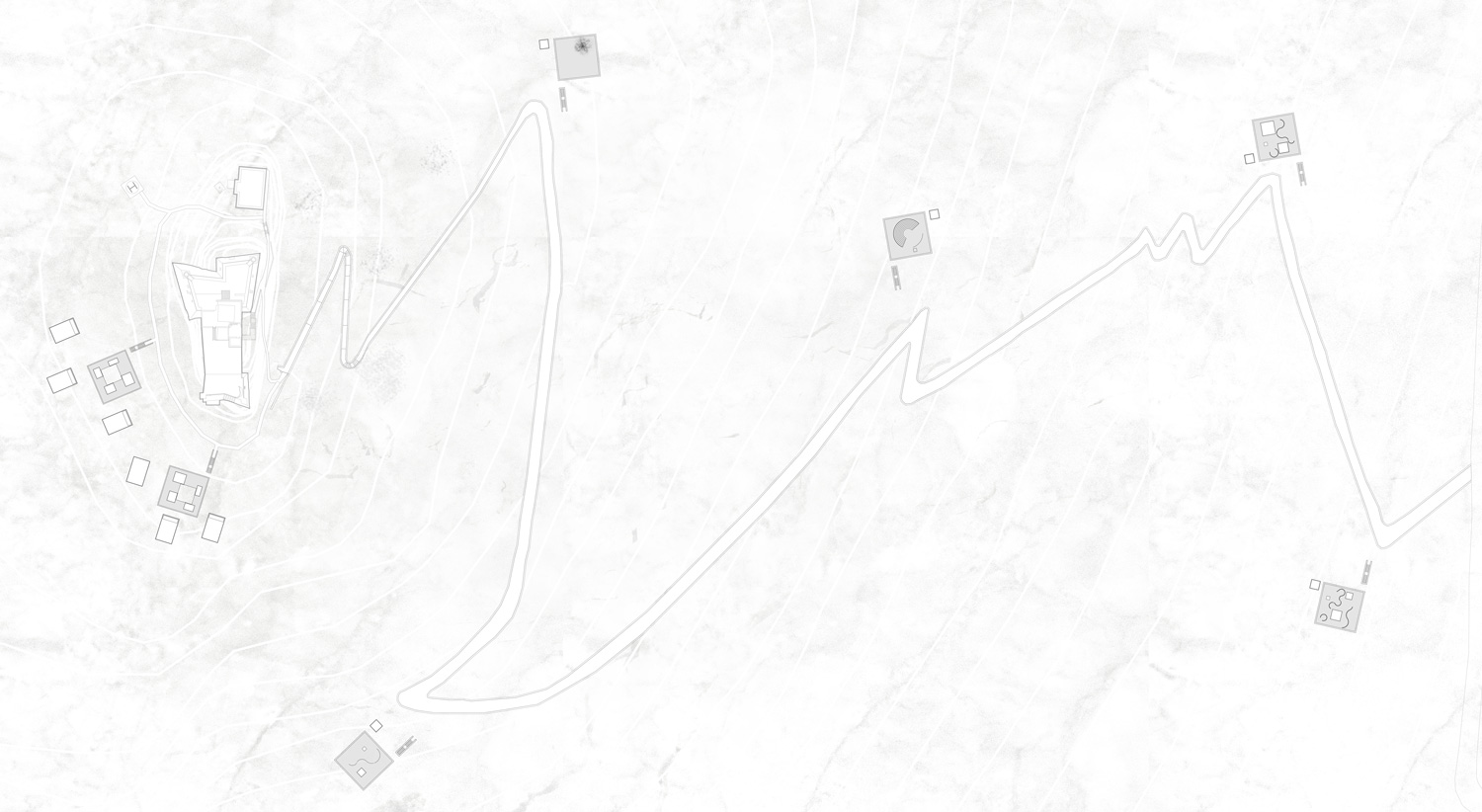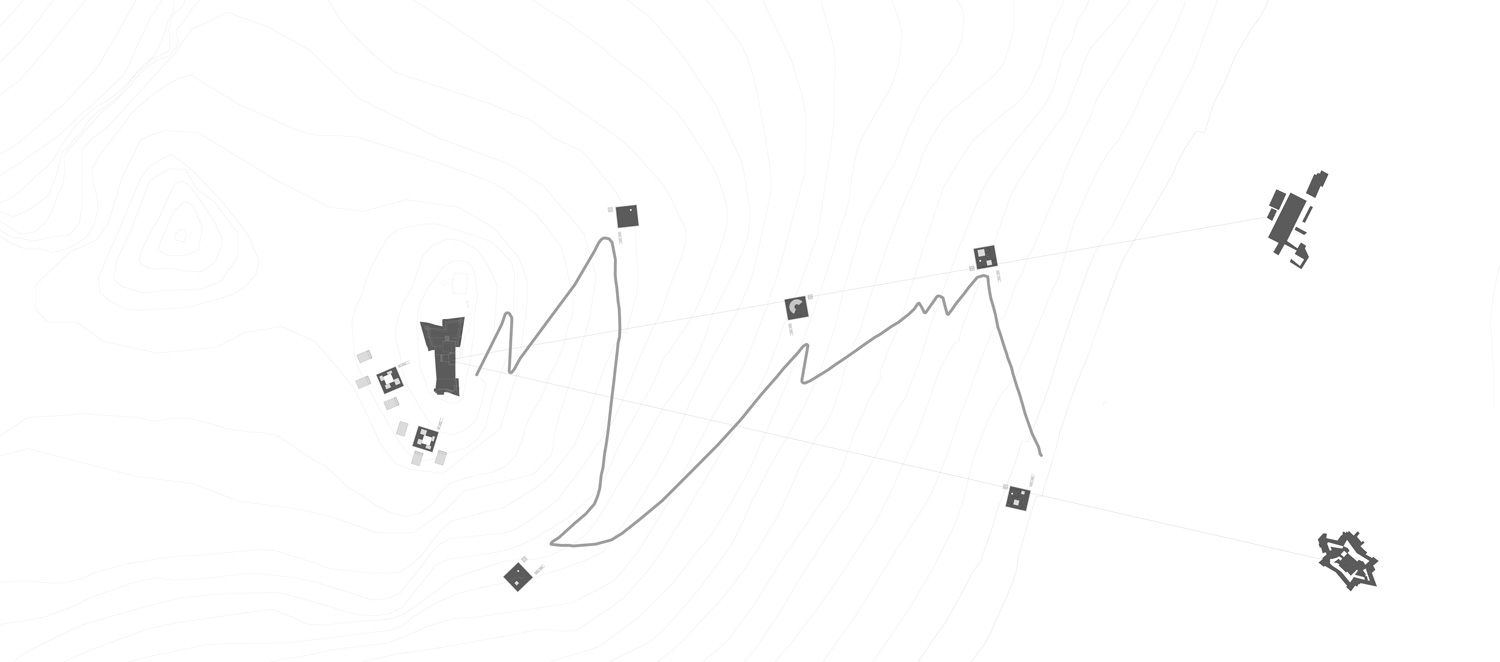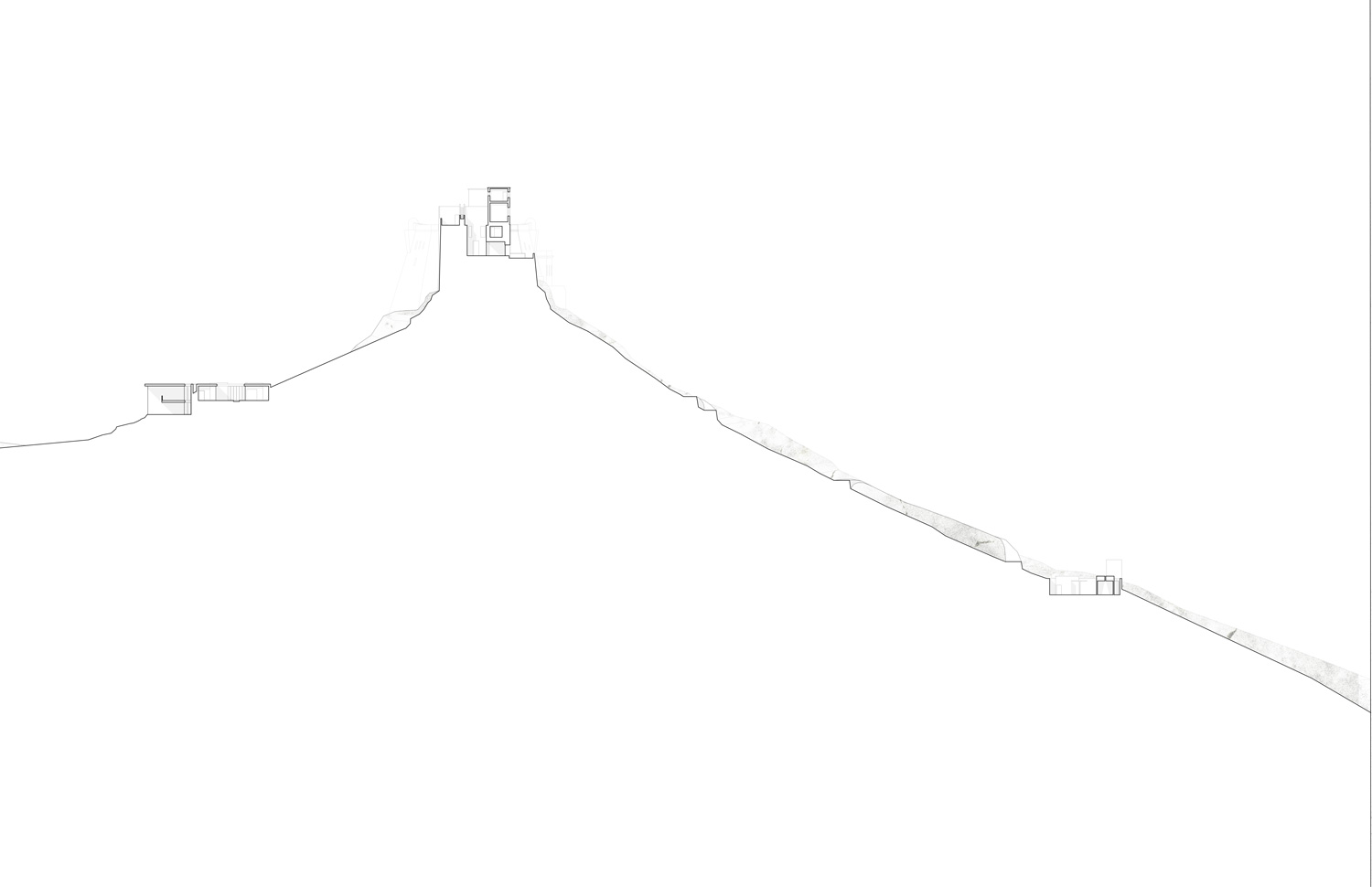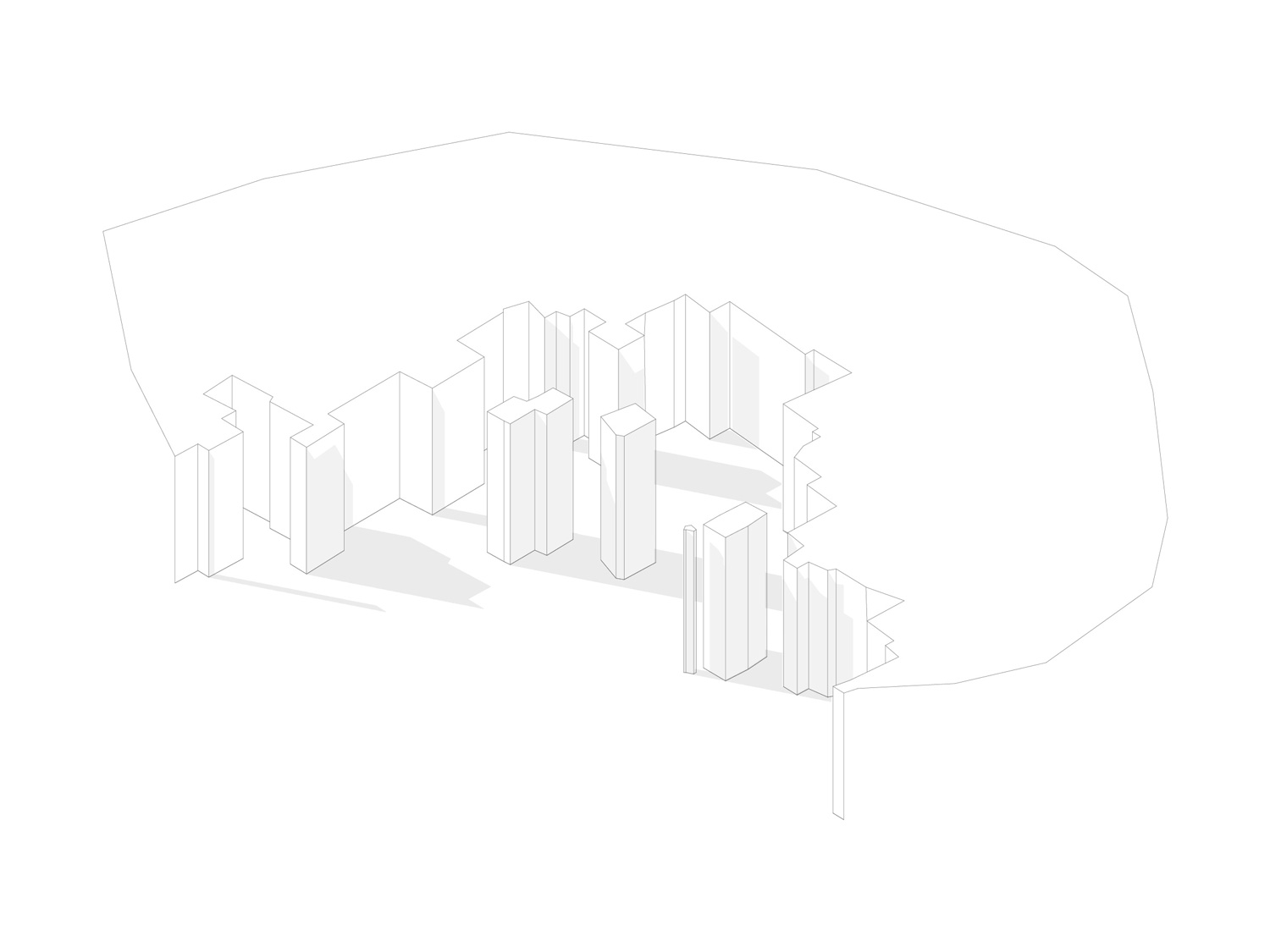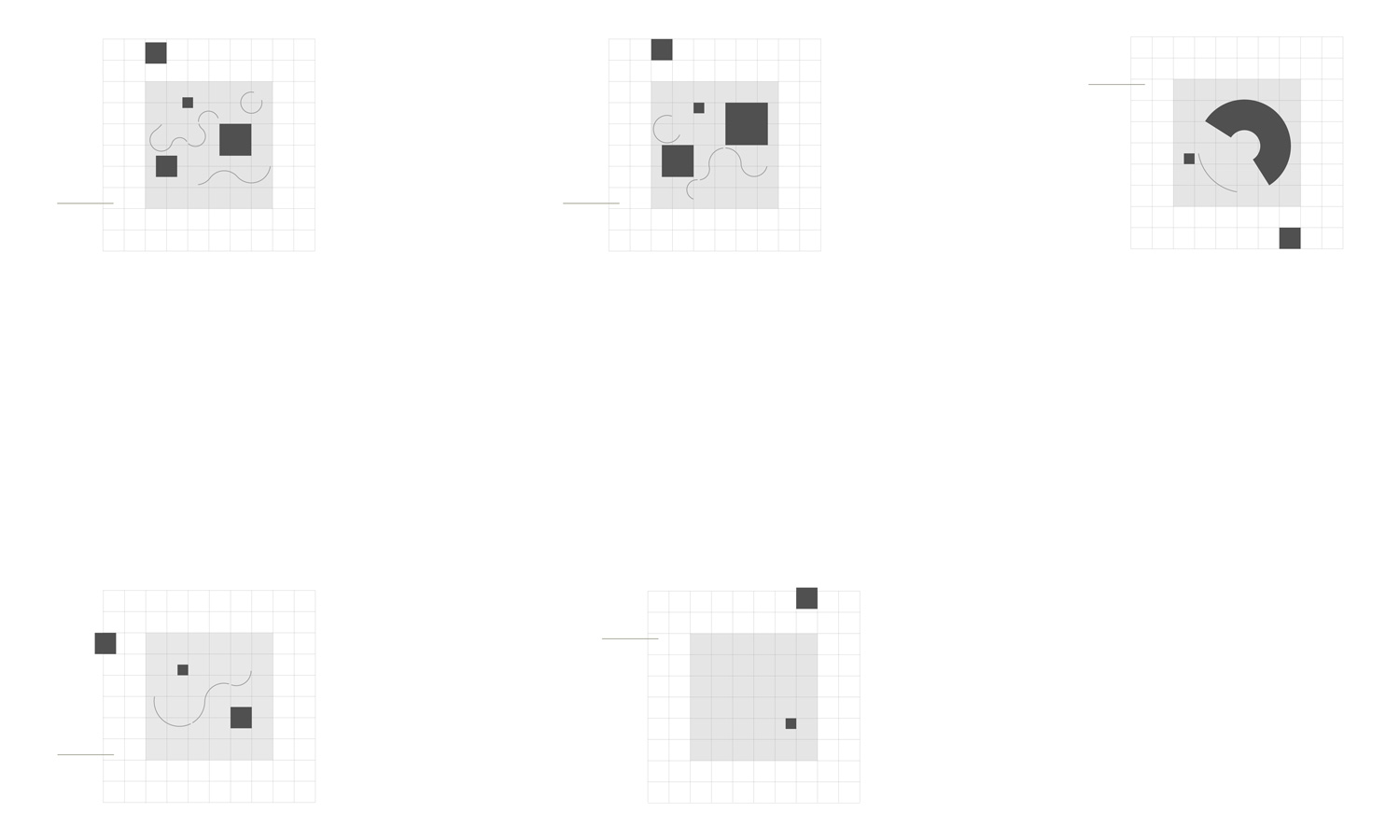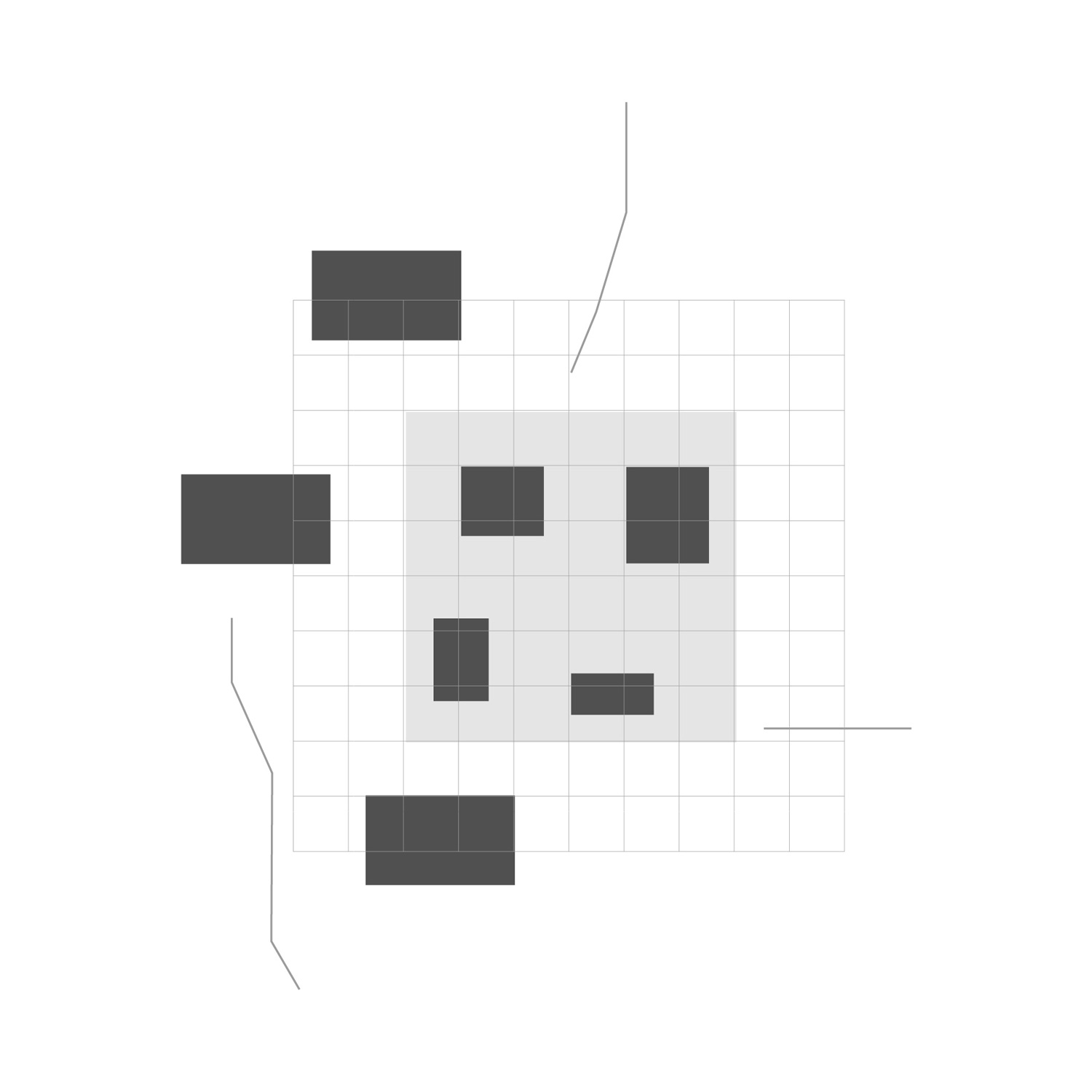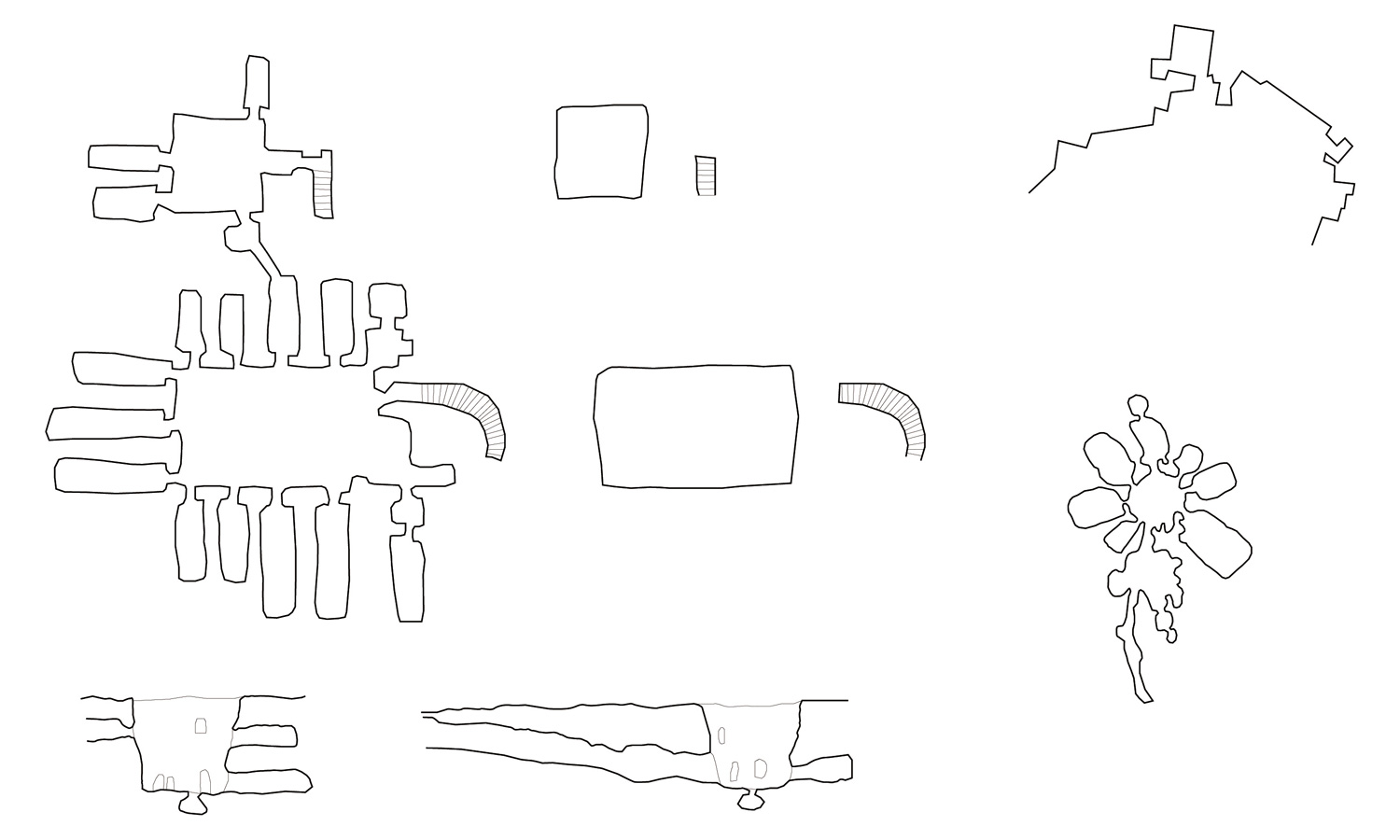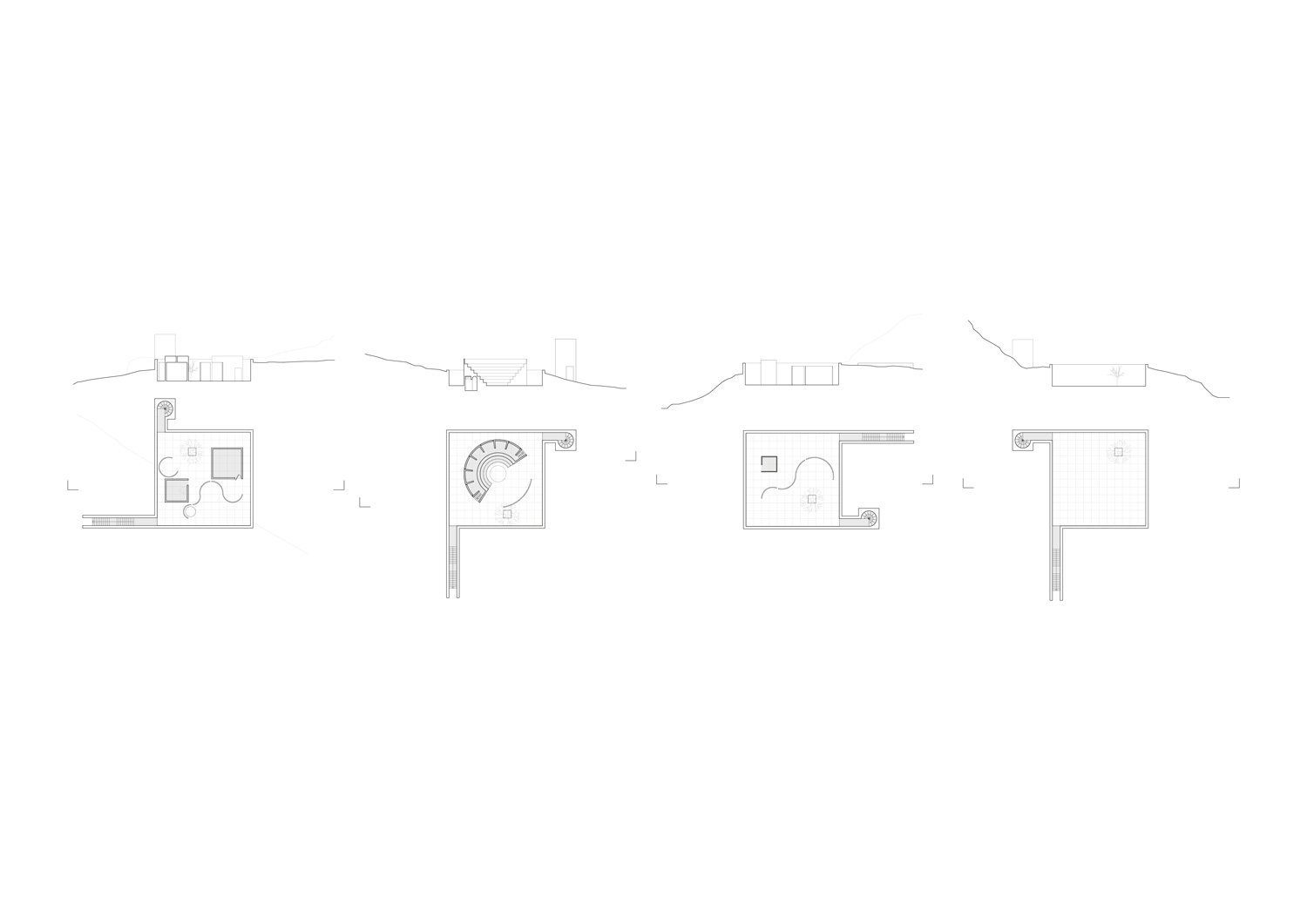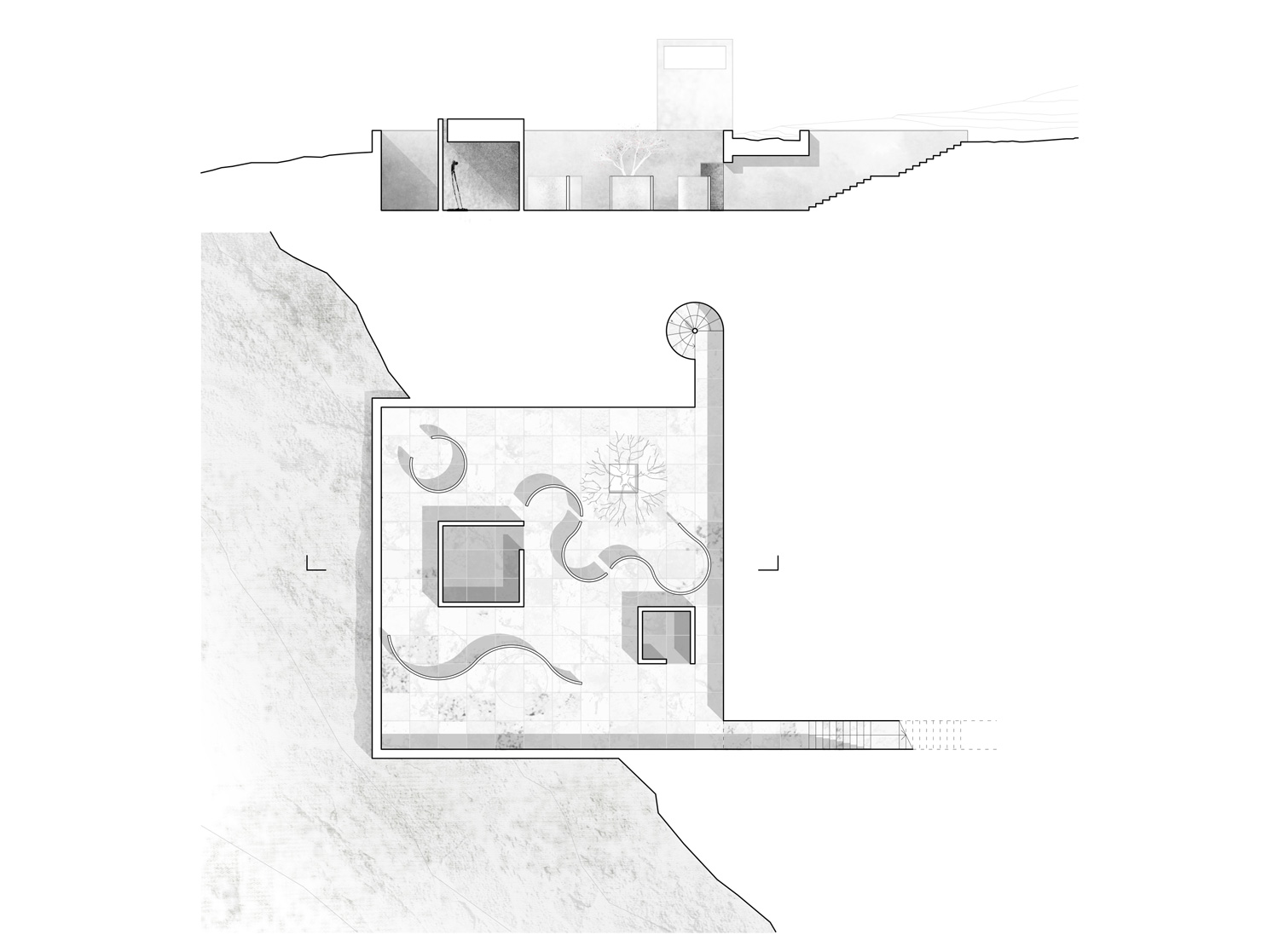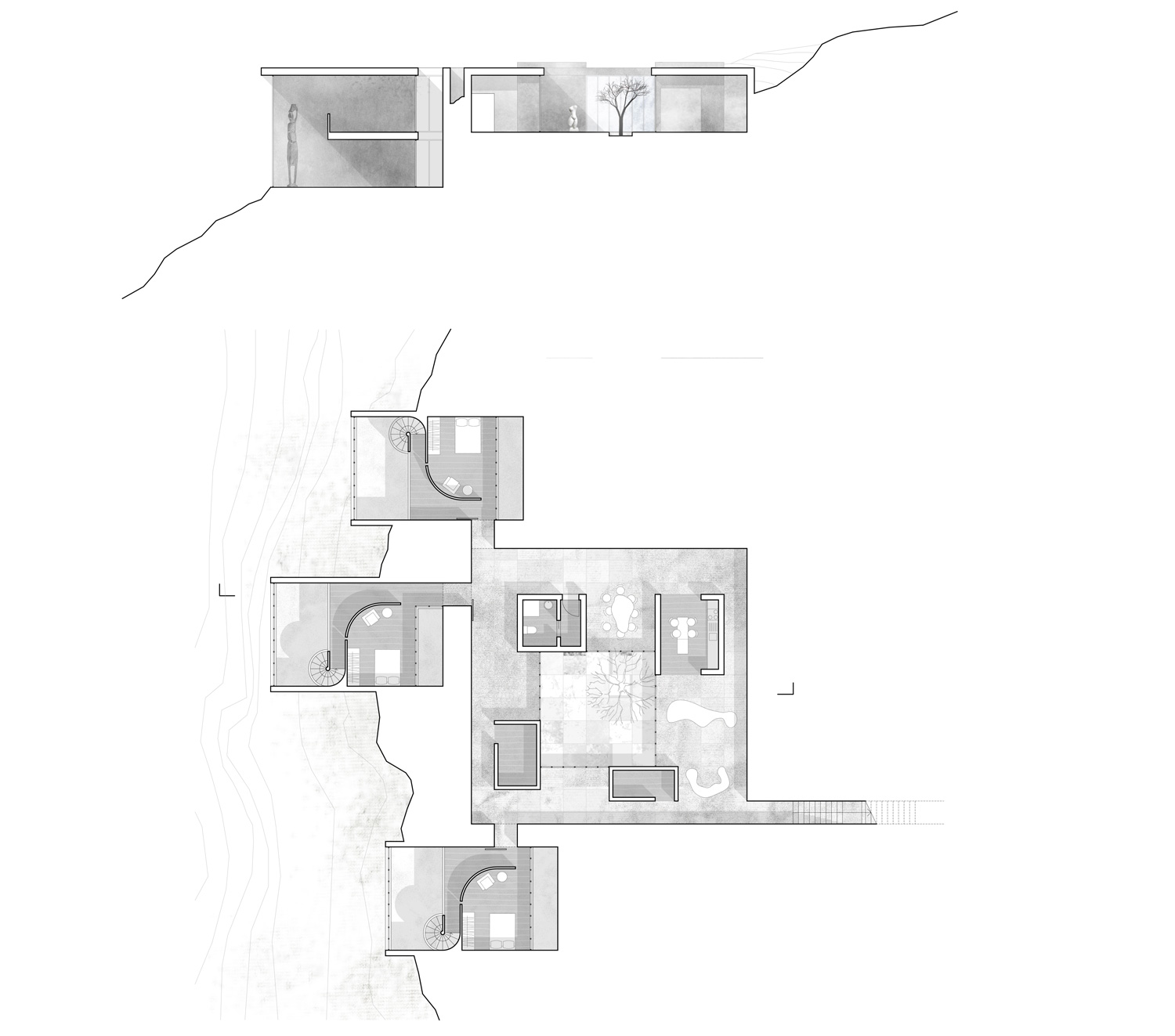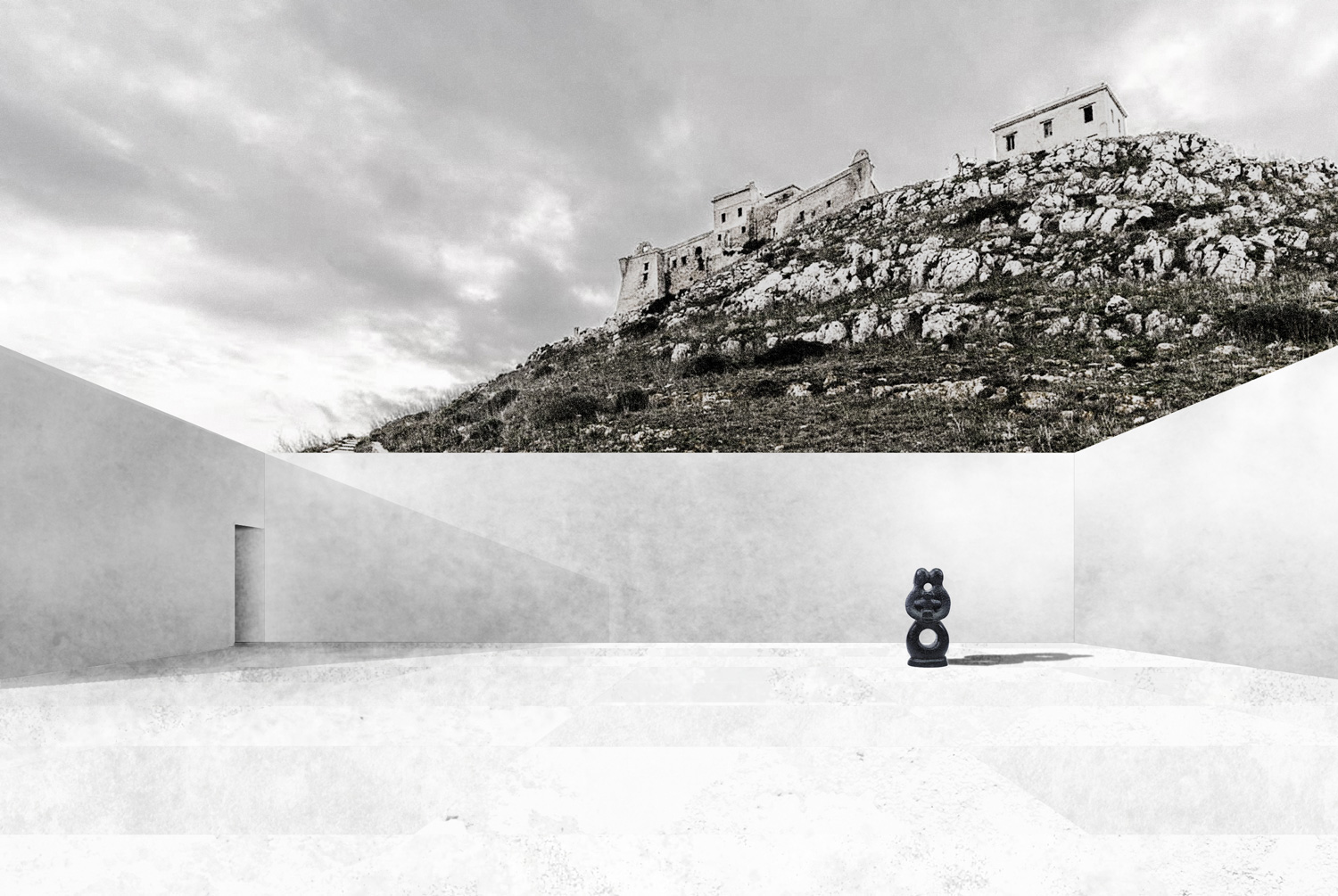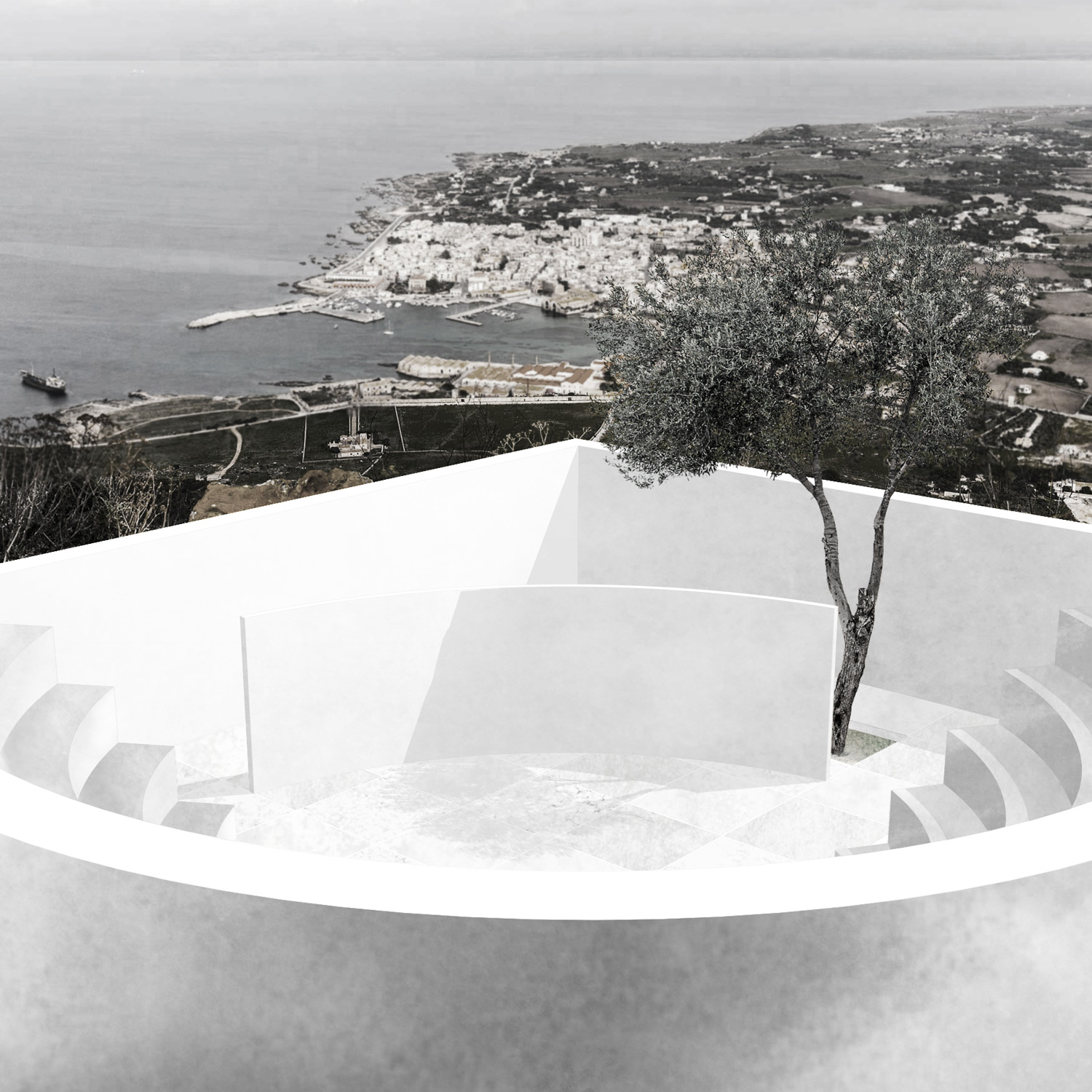☉ Art Prision is a finalist competition entry by Francesco Pasi for Young Architects Competitions in 2018. It is located in Favignana Italy in a mountain setting. Its scale is medium. Key material is concrete. Review the 4 proposals for the same competition.
From the accurate reading of the territorial richness the project Art Prison aims to give shape to the concept of hieratic solitude, of a poignant relationship with nature and purification through an architecture that goes back to its purest origins such as the point, the line and the surface.
“The Geometric Point is the highest and absolutely the only link between silence and speech.” “The Geometric Line is an invisible entity. And the trace of the moving point.” “By Surface we mean the material surface destined to receive the content of the work.” Wassily Kandinsky
It was, therefore, important to start from a territorial analysis to identify these three elements. The strongholds, are elements rooted within the landscape of the island. These are legible as points in the territory. The streets and the topography of the landscape are the lines physically registered in the territory that define the limits and the formal structure of the anthropic and natural space.
The space comprising and divided by these elements becomes the surface of relationships through which everything is put into a system. We then moved on to the definition of these elements on the architectural scale. Encouraged by the idea of seeing the island as a sacred enclosure where everything happens and inspired by the hypogean power of the tuff quarries as a refuge for hidden treasures, the path that leads to the castle was conceived as an open-air gallery. The path of “purification” takes place in each of the five pavilions with the descent (line) to the sacred enclosure (surface) and then with the ascent (point) through a ladder-belvedere. These elements function as a reference point, attracting the observer’s gaze from a distance.
Each pavilion is oriented in the landscape along geometric and visual lines and, thanks to the vertical element that emerges, take on the role of an element that sees and is seen. From the idea of excavation of tuff quarries and sacred fence, we studied the ancient maps of Mediterranean cities that have dialogued with the soil through the excavation. These excavated places and by the many most common uses of the area were exploited by people all over the world and created environments protected from temperature fluctuations, such as shelters or living spaces and still today they fulfil their function. The hypogeums are at various levels and connect, internally, with wells and vertical ventilation devices.
